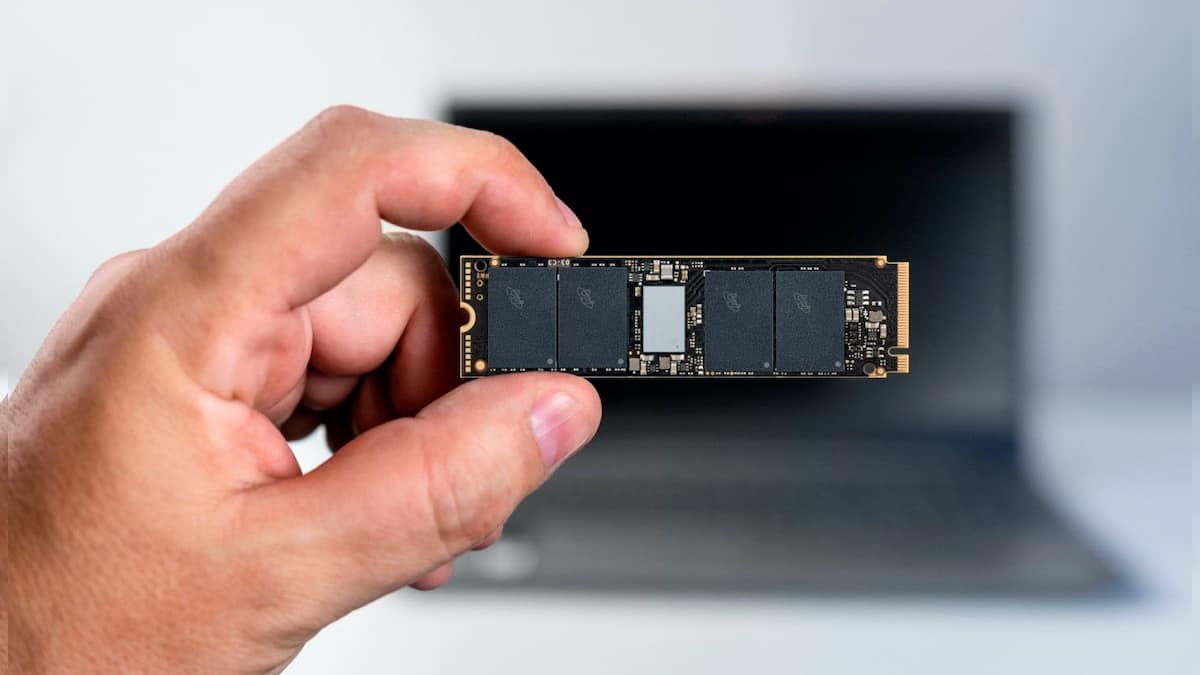How To Initialize SSD

Table of Contents
Using an SSD (or Solid-State Drive) along with your regular hard drive is a great way to buff your computer's performance and get the most out of your PC.
SSDs add extra storage to your hard drive so you can store and process more data, more quickly.
But before you can start using your SSD, you first need to initialize it. This process formats the SSD to your computer so it will be detected and function properly.
This process might sound like a lot of techy jargon, but that's why we're here to help! In this handy guide, we'll take you through the steps to initializing an SSD, so you can start taking advantage of your new storage in no time!
Initializing An SSD In 4 Easy Steps
Below are the 4 easy steps on initializing an SSD:
Step
Open Disk Management
Before you begin, you'll need to have already installed the SSD into your PC. Once this is done, you can start initializing it.
First, you'll need to open up the ‘Disk Management' menu. This is where you can interact with your computer's storage disks and drives.
To get there, open the Start menu on the Windows 10 home screen. This is the Windows icon in the bottom left of the screen. Alternatively, press the Windows button on your keyboard.
Next, click on the search bar and type in ‘Disk Management'. This will bring up a result titled “Create and Format hard disk partitions”. From here, right-click on the result then click on ‘Run as administrator'.
This will open up a new window.
Step
Find Your SSD
Now you want to find your SSD. You'll see a list of different disk names listed here; select the one you want to initialize.
It's important to make sure that you select the correct SSD, as initializing the wrong one can potentially cause you to permanently lose your data. Always double-check the name of your SSD before you initialize.
Once you've found your SSD, right-click on it to bring up some options. Check to see if it is listed as Online; if the SSD is listed as Offline, switch it online by clicking the option here.
Step
Initialize The Disk
Now you can start initializing the SSD. Right-click on the SSD to bring up the menu again, and select the ‘Initialize Disk' option.
This brings up a new dialogue box with some options for how you want the SSD to be formatted. Select the partition style you want and select the SSD you want to initialize.
Then, select OK to begin initializing your SSD.
Step
Complete The New Simple Volume Wizard
You're not done yet, however, and you still need to finish setting up your newly-initialized SSD.
Once the initialization process has finished running, it will open up a new window titled ‘New Simple Volume Wizard'. This contains the last few steps for initialization, and is how you allocate volume to the SSD.
Navigate through the New Simple Volume Wizard, allocate space to your SSD, and click ‘Finish'.
Your SSD is now initialized and ready to use! You can access your new SSD through File Explorer, where it is listed with the other disks.
Final Thoughts
Initializing an SSD might seem daunting at first, but it's simple once you know what you're doing. Simply follow the steps in this guide and you'll be able to get your SSD ready to use in no time!
So if you have a new SSD that you want to put to good use, now you know everything you need to do to initialize it and take advantage of your new storage!
